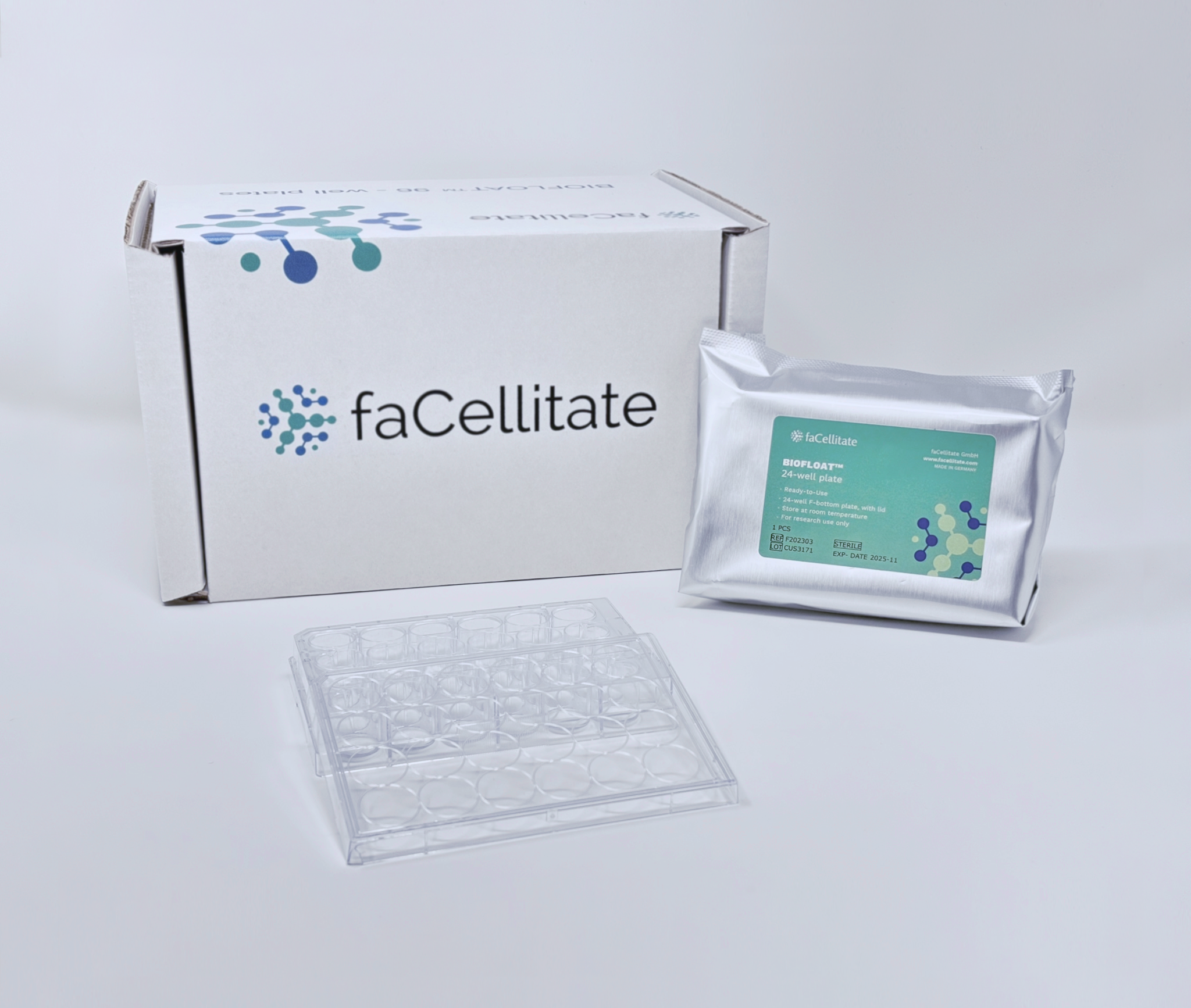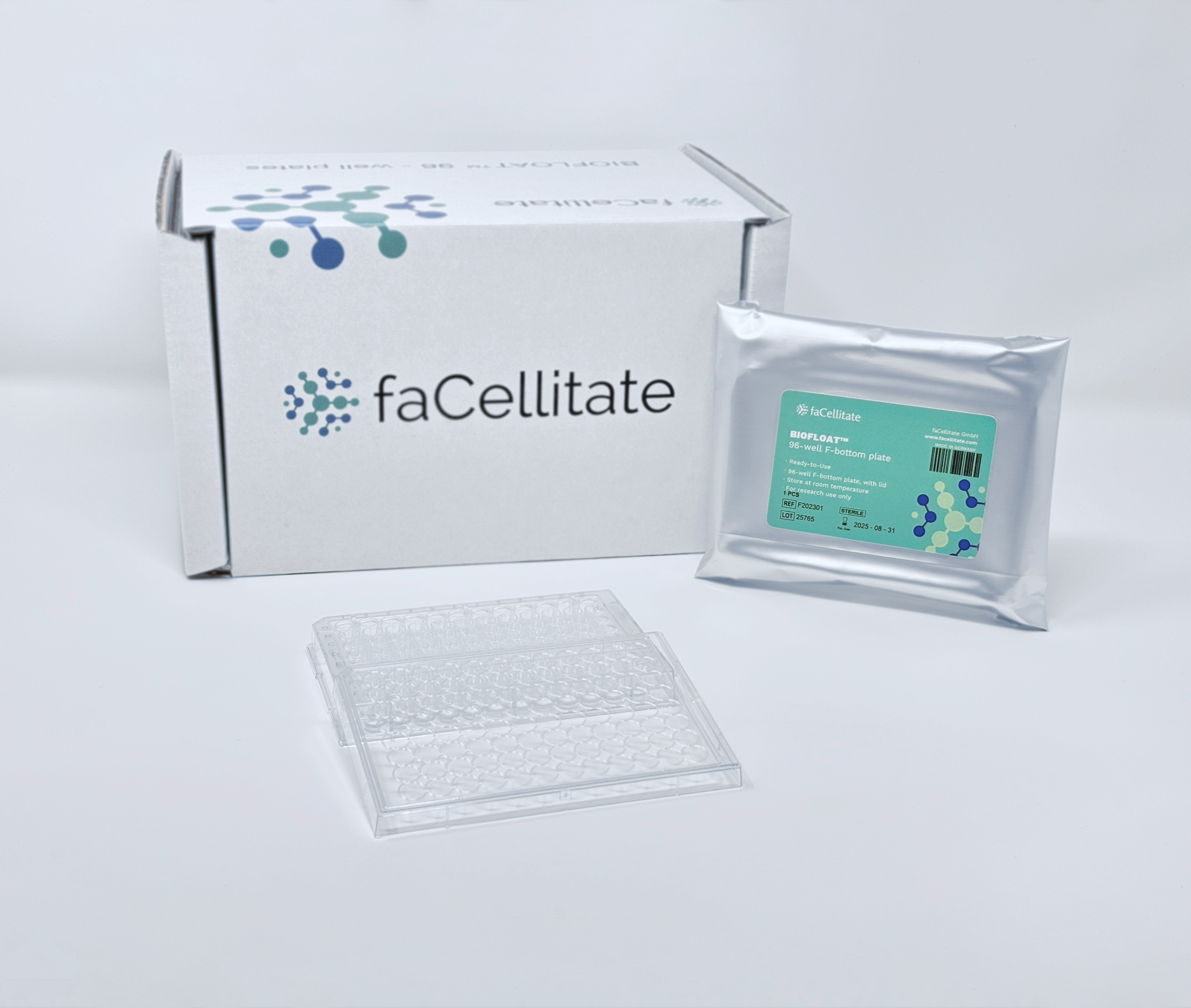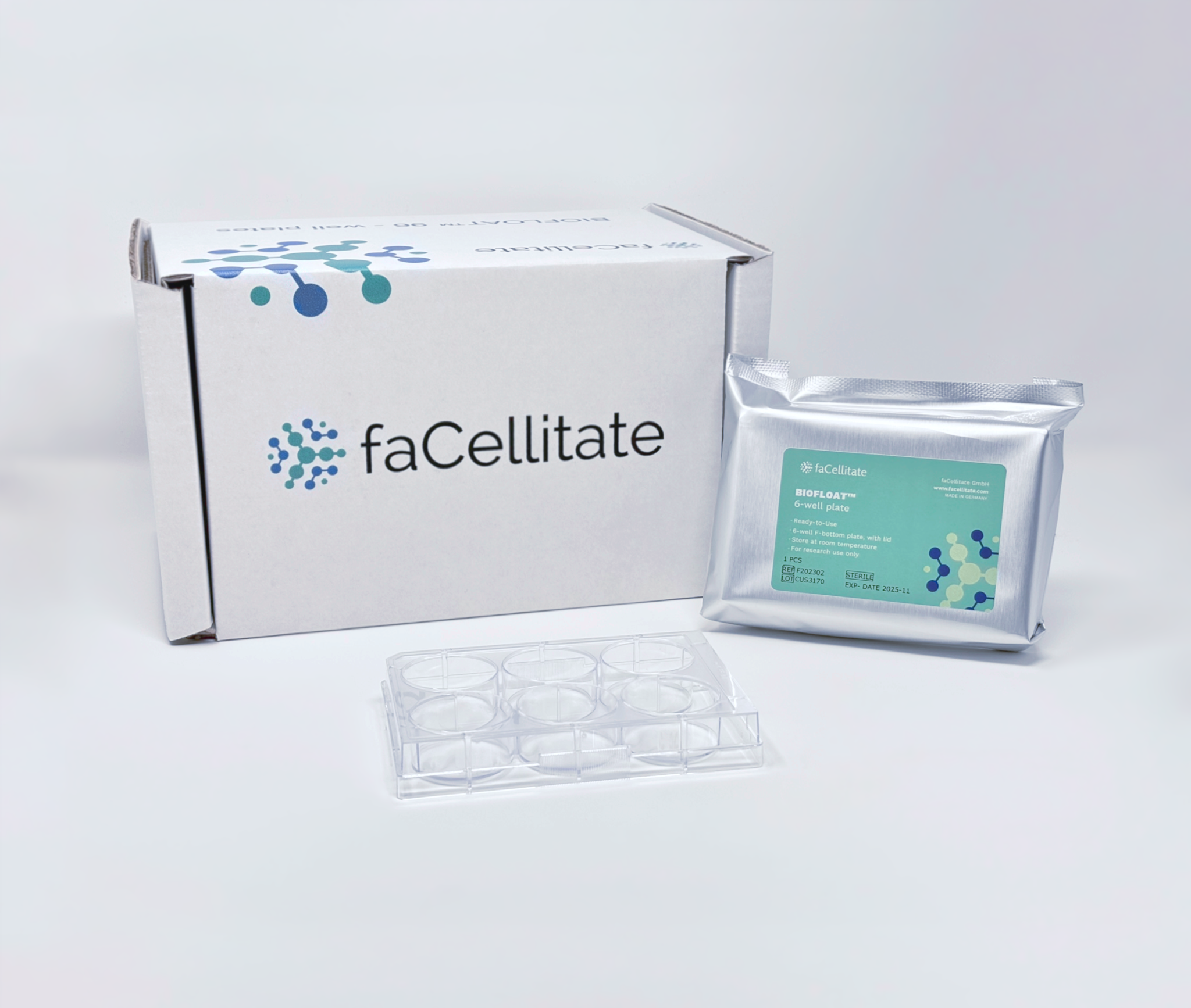
Cryopreservation: Introduction, Advantages, and Disadvantages
Cryopreservation is the process of storing and preserving structurally intact biological material at low temperatures. Cryopreservation is a key activity in many culture cell labs providing a stable and safe way to store organisms, organelles, tissue, cells, and other biological constructs. Cryoprotective agents and temperature control equipment play an important role in successful cryopreservation. Cryoprotectants are chemical compounds that reduce the melting point of water on dissolution and protect biological samples from damages derived from freezing.
They increase the total solute concentration and reduce the amount of ice formed at any given temperature. Cryoprotectants must be able to penetrate the cells and should have low toxicity. Some of the commonly used cryoprotectants are ethylene glycol, glycerol, and dimethyl sulfoxide (DMSO). This article discusses the merits and demerits of cryopreservation (1,2).
Advantages of cryopreservation
● Cryopreservation is an effective way to preserve the germplasms of endangered plant species and helps to maintain their fertility.
● It is beneficial in storing a large range of disease-free biological samples for long periods of time.
● The national and international transportation of samples has become easier with cryopreservation
● Since this technique freezes the biological product at a particular stage, the sample remains viable for an indefinitely long period of time.
● It also saves a lot of research time since scientists do not have to wait for fresh viable cells.
Disadvantages of cryopreservation
● One of the major disadvantages of this technique is that ice crystals can form inside the cells thereby causing cell damage.
● The use of unsuitable cryoprotectants also affects cell viability.
● Water migration can cause extracellular ice formation and cellular dehydration. Such stresses can damage the cells directly.
● There is no standard protocol for every biological sample, and thus expertise and time are required to store precious samples.
References
1. Bojic S, Murray A, Bentley BL, Spindler R, Pawlik P, Cordeiro JL, Bauer R, de Magalhães JP. Winter is coming: the future of cryopreservation. BMC Biol. 2021 Mar 24;19(1):56. doi: 10.1186/s12915-021-00976-8. PMID: 33761937; PMCID: PMC7989039.
2. Pegg DE. Principles of cryopreservation. Methods Mol Biol. 2007;368:39-57. doi: 10.1007/978-1-59745-362-2_3. PMID: 18080461.






